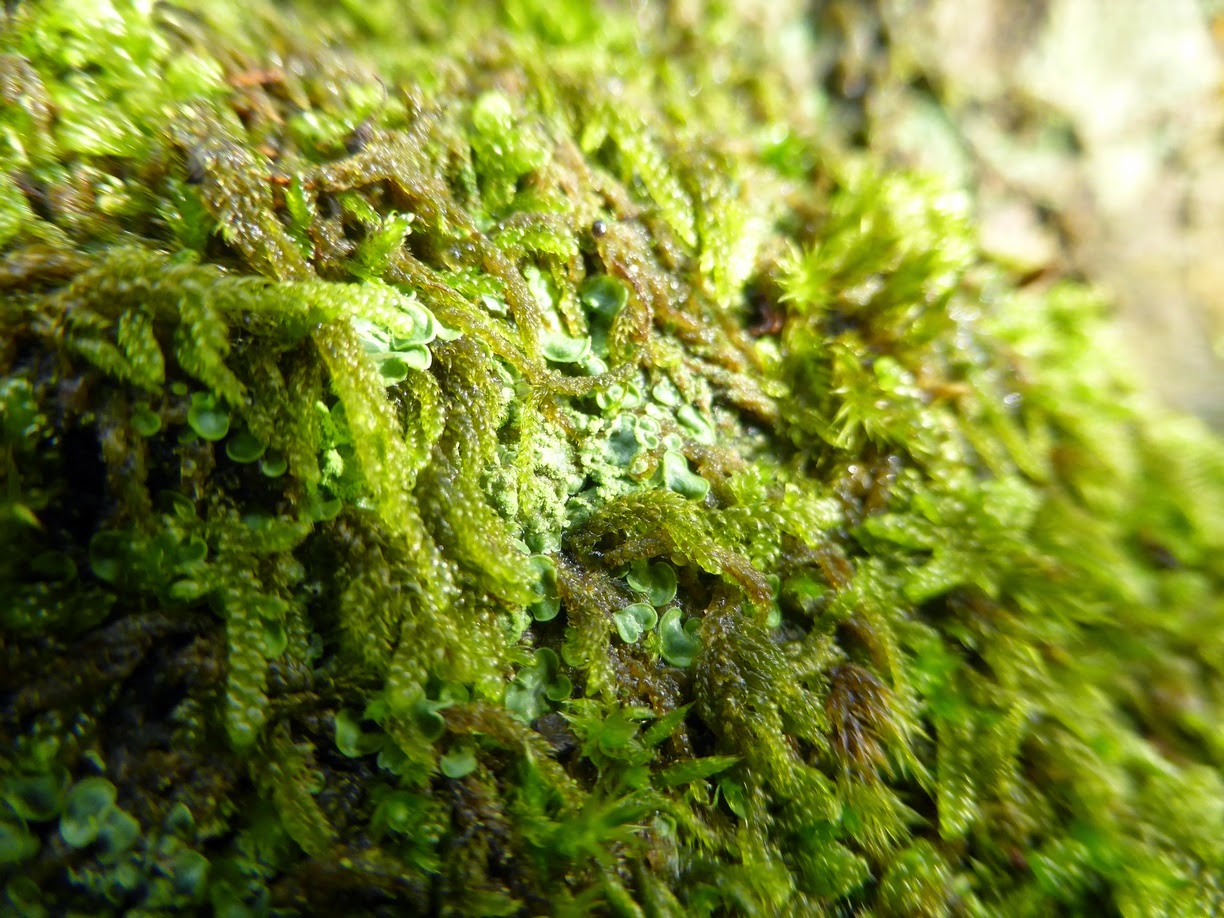See poster and details for of Christmas Meal 2015
Settle Community Christmas Day meal is what it says: A community meal.
And a thank you to the builders and the caretaker for getting the hall ready in time - Building changes are being made to the church hall.
I'll start the story on the previous evening: At 5.30pm at St John's Methodist Church we always have "Stories round the tree" This Christmas eve we learned how to make snowflakes from six squares of paper. I later took mine across to the church hall.
 |
| Our teacher |
 |
| Judith - proud to finish hers in the 15 min available |
Christmas morning:-
For over 100 years Langcliffe people have been singing carols round the (sycamore) tree on Christmas morning. Starting at 9.30am, we sing our last carol just as the sun rise over the hill
Straight after this at 10 am (well 10.10am) I attend St John's Methodist Church in Settle. The minister has invited us to bring a present to open and show people - so I take the newly published Atlas of British and Irish Bryophytes- 2 volumes.
After the service I carry the Posada (knitted crib scene,, that travels to different houses in the church family up to Christmas, representing Joseph and Mary's search for somewhere to stay in Bethlehem) across to the Church Hall
... where Christine is cooking. (Eight of us had help peel potatoes, wrap presents and set tables the previous morning).
I go home to collect more stuff and came back at 11.30 to find our visitors arriving. Including helpers there would be 48 people altogether.
Jane and Tony were serving coffee. Will we squeeze 40 people into the large meeting room to sing carols before lunch?
Of course..
 |
| Stephen Dawson has brought the very life-like Baby Jesus from Langcliffe church - Dorothy Atkinson is holding him |
 |
| Barbara Denne plays the piano again ( by ear - no music) |
Listen to See amid the winter's snow
One lady in the Hellifield group is 97 (purple jacket, front right when the video plays)
Revd Dawson says grace. Then we prepare to go into the dining home.
Here are the tables as left the previous day - but we rearrange them herring bone for the meal. See the delightful table decorations by Elga.
I nip back home to collect the Aunt Bessie's Yorkshire Puddings I have left in my fridge. Hey Ho. But must have Yorkshire Puddings.
 |
| I remember to buy the correct amount of cranberry sauce this year. |
--------------------------------------------
Then there's a choice of Christmas Pudding and home-made trifle and trifle donated by the Coop.
 |
| Wendy says on behalf of everyone "Thank you" to the Servers and helpers (some are still hiding in the kitchen) |
After lunch comes pass the parcel.
We sit round in a circle .. I play the piano accordion. The audience help me keep in time by clapping the time. We have three soft toys that get passed round and when the music stops people chose their wrapped presents from the bags.
Then I invite people to say party pieces: We have slightly fewer this year - I should have made more effort to ask people
Pauline reads a funny poem about someone retiring from skiing.. Downhill skier by Pam Ayers
And then. Oh it's time to eat again. Tea time.
 |
| Here's the cake I bought from the Naked Man Cafe.. it is very popular - people ask to take pieces home |
 |
| Serving tea |
 |
| There's spare turkey to take home too. |
As the light outside dims, people take their leave, and by 4.30pm many people have left so the helpers can start to clear away.
By 5.15 There's just me and Althea and the Posada left.
All quiet!
Ian comes to collect Althea.
I lock up and leave the Posada in the empty room.
























































